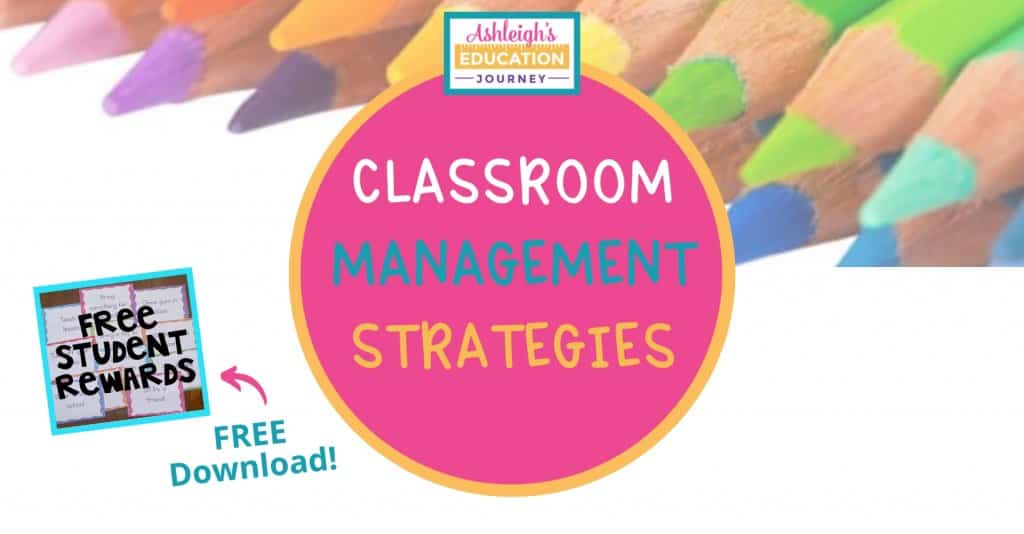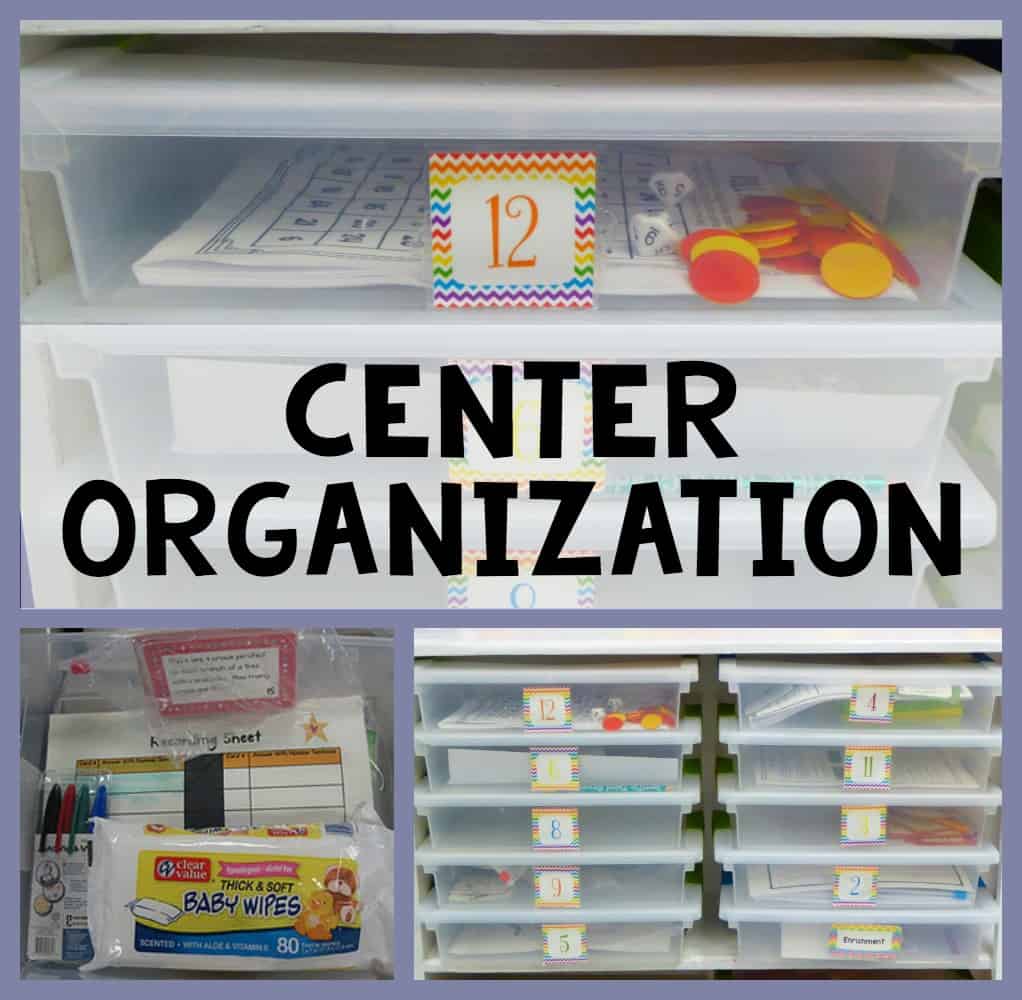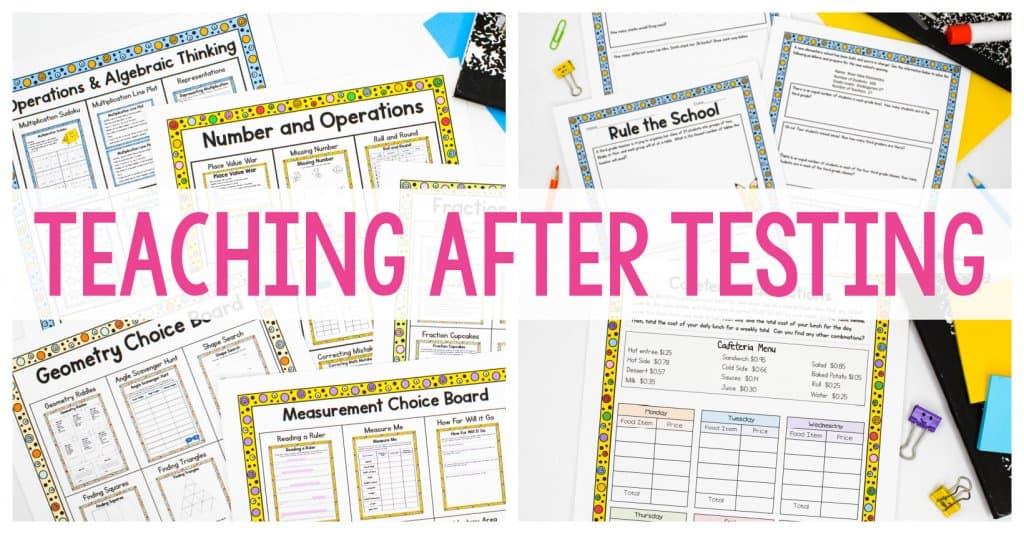It’s not a lot of fun to pack up your classroom. There is no tired like teacher tired, especially at the beginning and end of the school year. The beginning of the year is hard, but it’s new, fun, and fresh. By the end of the school year, we’re not only physically tired, but we’re emotionally and mentally exhausted.
That’s one of the many reasons why it’s so hard to stay organized at the end of the school year. I find myself cramming resources into cabinets and boxes, without paying any attention to what I’m doing or why I’m doing it. Then at the end of summer, I have no idea where my things are, and it takes a ridiculous amount of time to get my classroom ready for the start of a new school year.
Fortunately there are ways to more efficiently pack up your classroom for the end of the year. Below are some of my favorite strategies for ending the school year that will ultimately save you time and energy.
1. End With the Beginning in Mind
Try ending with the beginning in mind. As you pack and prepare to empty your room for summer vacation, think about what will make life easier as you return to school. The extra effort will go a long way in saving your sanity when it’s time to get ready for a new school year.
This is the complete opposite of how I typically plan for instruction, but it’s a different situation. You can read about how I plan for the school year here.
Don’t just cram everything in a cabinet or closet. Even though it would be so much faster, take the time to purge now. If you didn’t use the item all year long, ask yourself if you think you’ll really need it the following year. Seriously, can you imagine skipping this step at the beginning of the year?
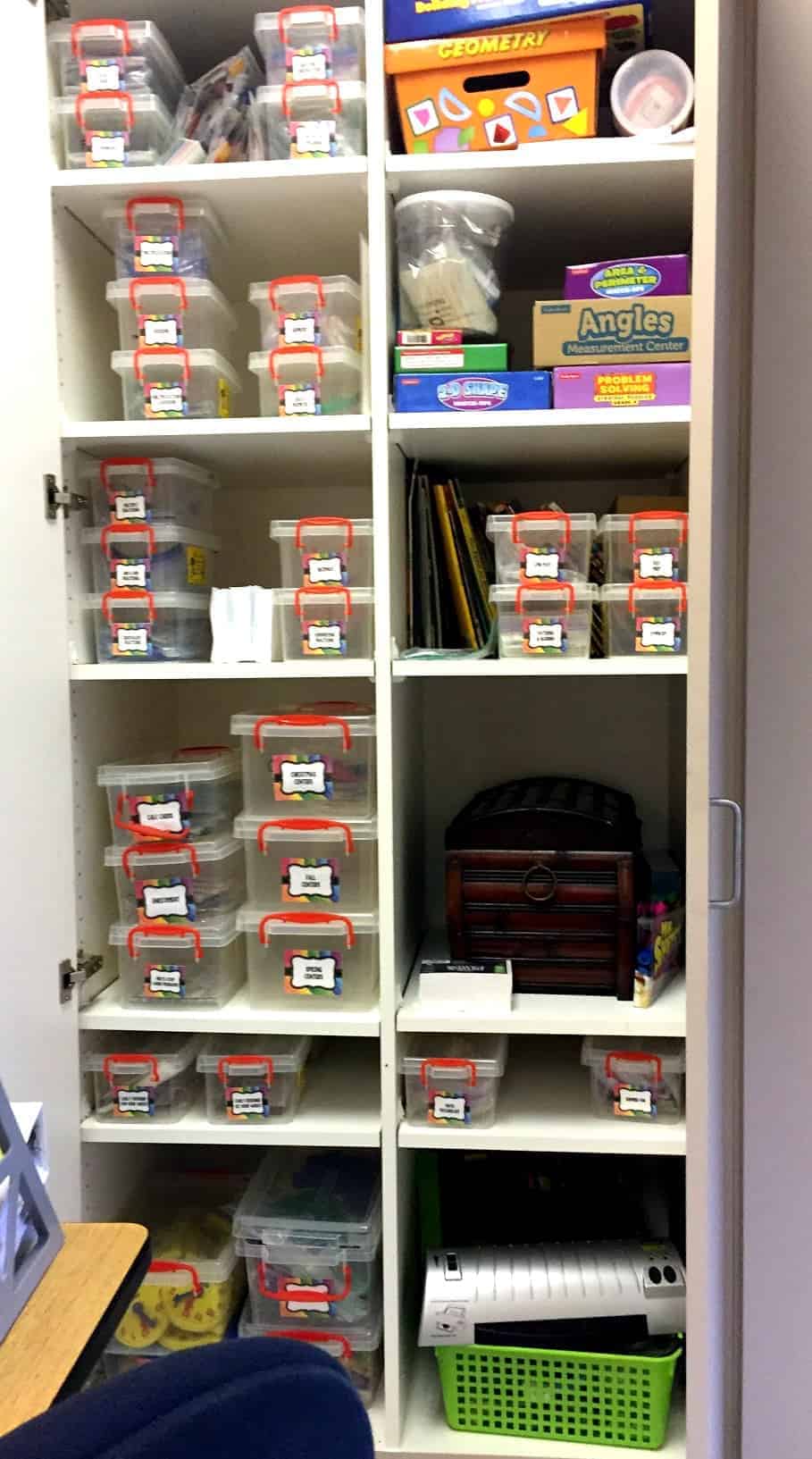
It’s also helpful to remember that to store the materials you won’t need until the end of the school year in the harder to reach places. Remember, first out should be the last in. You may also want to keep note of damaged resources, so you can update as needed.
2. Organize Materials and Manipulatives
Don’t wait until you need your materials and manipulatives to get them organized. You can start this process while you still have students who are always eager and willing to help. For example, during the last week of school, I gave each student a set of fraction bars and we redistributed pieces until all of the sets were complete. These are my favorite containers from Really Good Stuff.

I’d much rather do it now rather than when I use them for the first time next year. We do this with all of our manipulatives (unless they don’t need to be in a set). You can also make sure all of your books are in the correct location and none of your games have missing pieces. This is a great way to keep track of your inventory, so you will know what you may need more of the following year.
3. When Packing Up Your Classroom – Keep It Clean
Before I pack up my room, I like to go ahead and get everything clean for next year. Our custodians will take care of cleaning the floor and carpet, but I like to clean the desks, chairs, bookshelves, etc. I usually cover my bookshelves with an old sheet, so they don’t get dusty while they are moved over the summer. Everything has to come off our walls except our bulletin boards, so I keep those covered with fabric too.
4. Keep a Running List
As I begin to disassemble my classroom, I like to keep a running list of things I’ll need to remake for next year and a list of materials I need to purchase. There are always things that need to be to replaced each year, and it’s difficult to remember everything when you’re home, locked out of your classroom during the summer. Rather than deleting the items off my to-do list, I cross them out. That way the following year I don’t have to try to remember all that I need to do. It’s already written for me!
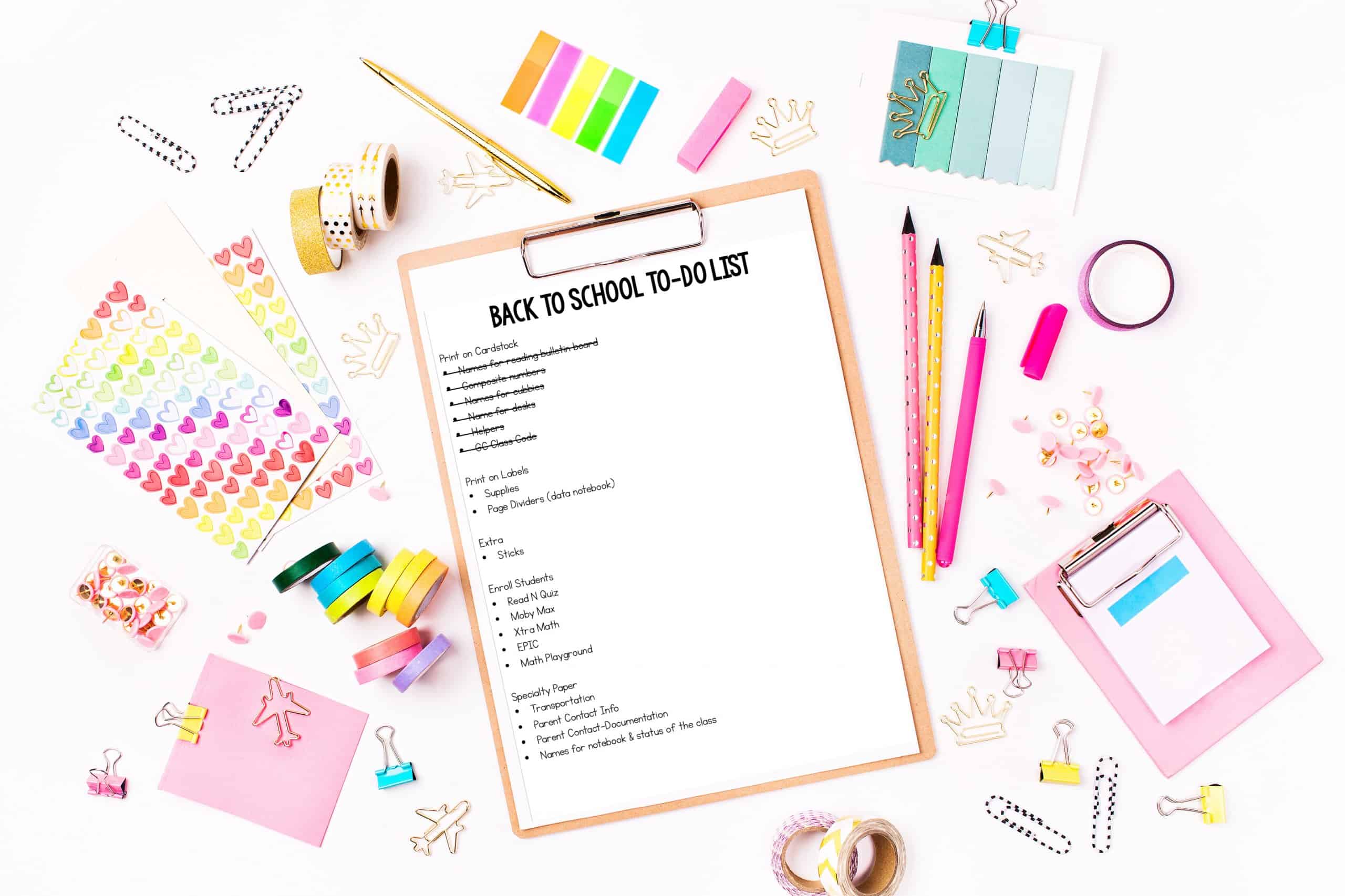
If there’s a particular area of your classroom that you love, be sure to take pictures that you can use for reminders as you set up your classroom. I even take pictures of the spines of the books I use for mentor texts, so I can remember what titles I have while I’m at home on summer break.

Don’t Take It All Home
I used to take home load after load of resources and materials. Then, those resources would stay in my garage the entire summer. I now limit myself to the essentials: my laminator, books I want to read, and a yearbook. Other than that, I leave it all at school.
Please let me know if you have any other great tips for packing your classroom! I’m always looking for ways to improve!


